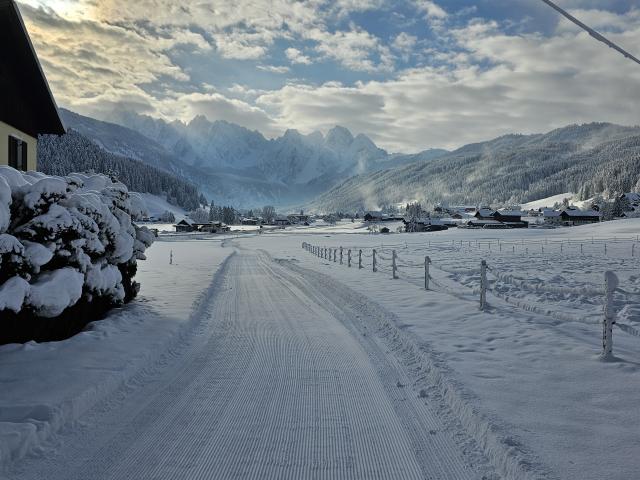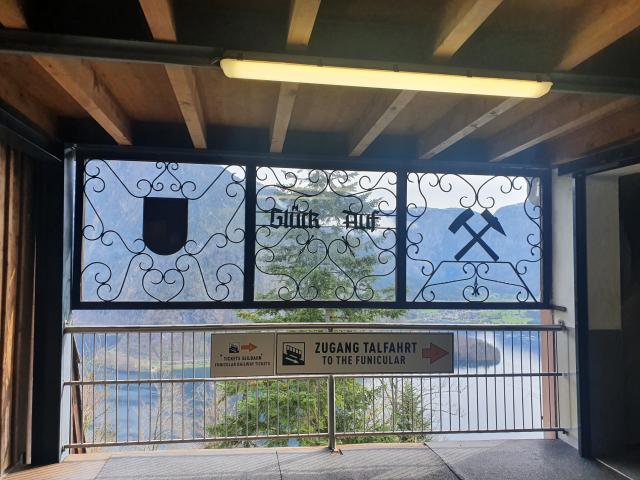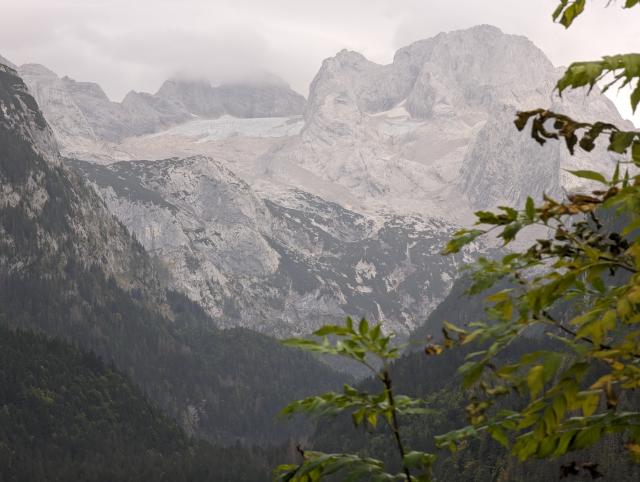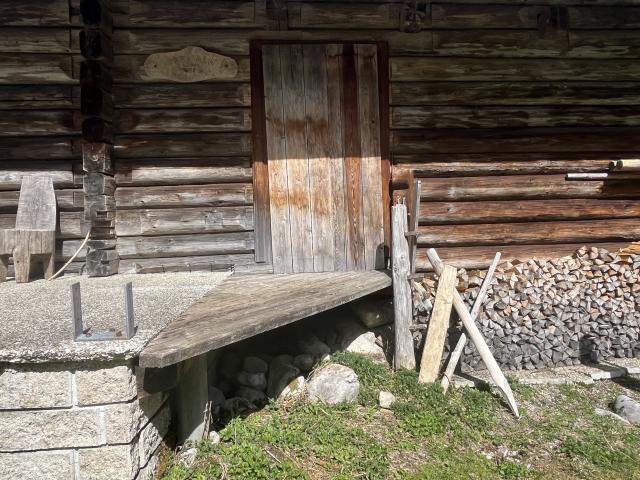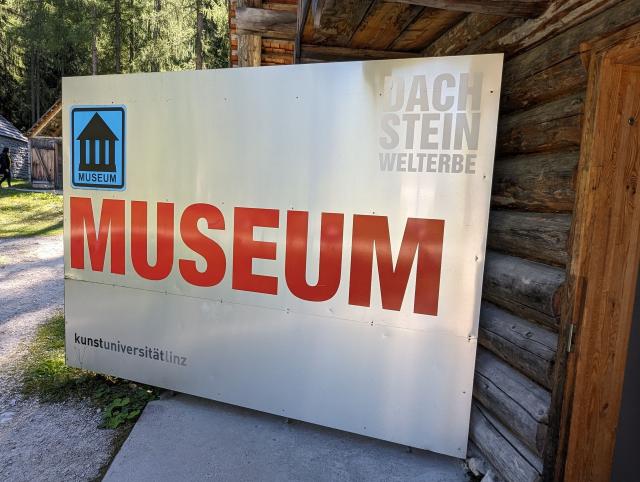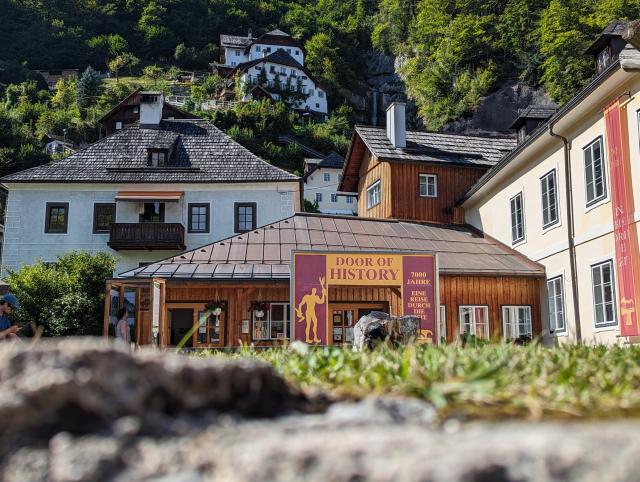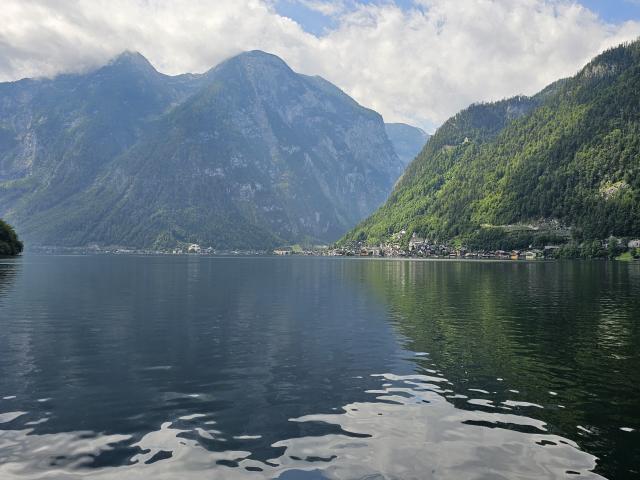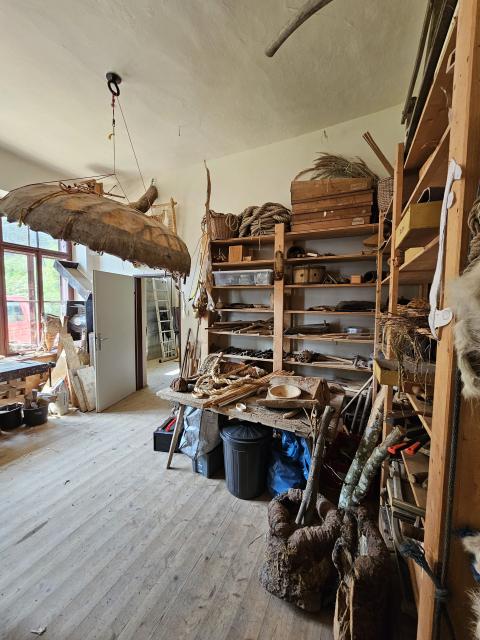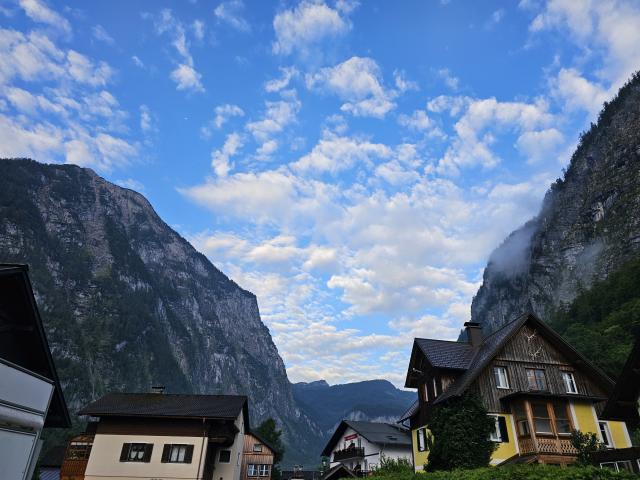Cultural Landscape
Hallstatt-Dachstein / Salzkammergut
Decision: StF 21COM VIIIC (1997) idF 34COM 8E (2010) = OUV Kommentierte Arbeitsübersetzung
The alpine landscape of Hallstatt-Dachstein, part of the Salzkammergut region and thus of the Eastern Alps, offers a spectacular visual scene with its towering mountains rising steeply from narrow valleys. Since the Middle Ages, the prosperity of this region has been based on salt mining, centered around the town of Hallstatt — a name meaning “salt settlement,” which reflects its primary function.
Systematic salt production took place in the region as early as the Middle Bronze Age (in the late second millennium BC), when natural brine was collected in containers and evaporated. Underground mining for salt extraction began at the end of the Late Bronze Age and continued into the 8th century BC. Archaeological evidence from this period reveals a flourishing, complex, and highly organized Iron Age society with extensive trading connections throughout Europe — now known as the Hallstatt Culture.
Salt mining continued during the Roman period and was revived in the 14th century. The large quantities of timber required for the mines and salt evaporation were obtained from the vast high forests, which from the 16th century onward were directly controlled and managed by the Austrian crown. The market town of Hallstatt was rebuilt in the Late Baroque style after a fire in 1750 destroyed its wooden buildings.
The beauty of the alpine landscape, with its high pastures used since prehistoric times during the summer months for the transhumance of sheep and cattle — a practice that still grants valley communities rights of access to certain grazing lands — was “discovered” in the early 19th century by writers such as Adalbert Stifter and the dramatist Franz Grillparzer, as well as by many leading painters of the Biedermeier period. They were followed by tourists, leading to the establishment of hotels and saltwater spas for visitors.
The landscape represents an exceptional complex of great scientific significance and immense natural power, which has played a decisive role in human history. This is reflected in the millennia-long influence of the farming miners, in the way mining has shaped the mountain’s interior, and in the works of artists and writers who have conveyed its harmony and beauty.
Humans have inhabited the valleys between the high mountains for more than three thousand years. The extraction and processing of salt — a vital natural resource for both humans and animals — brought prosperity and uniqueness to this area and resulted from a profound interaction between intensive human activity and a largely wild mountain environment.
The alpine region of Hallstatt-Dachstein / Salzkammergut is an outstanding example of a natural landscape of great beauty and scientific importance that also illustrates a fundamental human economic activity. The region’s cultural landscape reflects over 2,500 years of continuous development. From its beginnings, its history has been closely linked with the economic history of salt production. Salt mining has always influenced every aspect of life, including architectural and artistic expressions in material culture. Large-scale salt production in Hallstatt can be traced back to the Middle Bronze Age.
All elements that bear witness to salt mining and its processing, associated timber production, transhumance, and dairy farming are well preserved within the property. To this day, it retains the harmony that attracted artists and writers in the 19th century.
The region has neither suffered in the past nor is it currently suffering from the adverse effects of modern development.
Owing to its particular historical evolution, this cultural landscape has preserved an exceptional degree of authenticity in both its natural and social dimensions — a rarity in the Alpine region. As a result of the harmonious interplay between humans and nature, its spatial and material structure has been maintained to an extraordinarily high degree. This quality and context were also deeply appreciated by the many artists who visited the area, whose numerous paintings and depictions provide further eloquent testimony to the value of this cultural landscape.
Criteria (iii)
Humans have inhabited the valleys between the high mountains for more than three thousand years. The extraction and processing of salt — a natural resource essential for both humans and animals, which has brought prosperity and uniqueness to this region — are the result of a profound interaction between intensive human activity and a largely wild mountain landscape.
Criteria (iv)
The alpine region of Hallstatt-Dachstein / Salzkammergut is an outstanding example of a natural landscape of great beauty and scientific significance that illustrates a fundamental human economic activity. The region’s cultural landscape reflects more than 2,500 years of continuous development. From the very beginning, its history has been closely linked to the economic history of salt production. Salt mining has always influenced every aspect of life, as well as the architectural and artistic material evidence of the region. Large-scale salt production in Hallstatt can be traced back to the Middle Bronze Age.
Integrity
All elements that bear witness to salt mining and its processing, the associated timber production, transhumance, and dairy farming are well preserved within the property. To this day, it retains the harmony that attracted artists and writers in the 19th century.
The region has neither in the past nor at present suffered from the adverse effects of modern development.
Authenticity
Owing to its unique historical development, this cultural landscape has preserved a degree of authenticity in both its natural and social dimensions that is exceptional within the Alpine region. As a result of the harmonious interaction between humans and nature, its spatial and material structure has been maintained to an extraordinarily high degree. This quality and context were also deeply appreciated by the many artists who visited the area, whose numerous paintings and depictions provide further eloquent testimony to the value of this cultural landscape.


